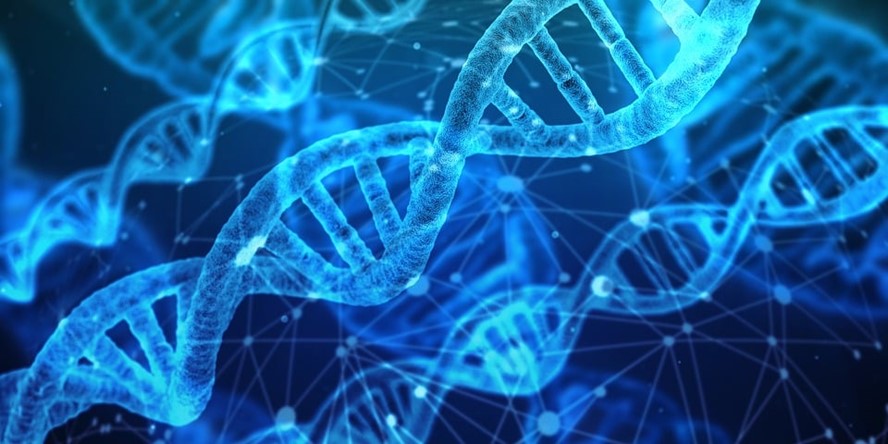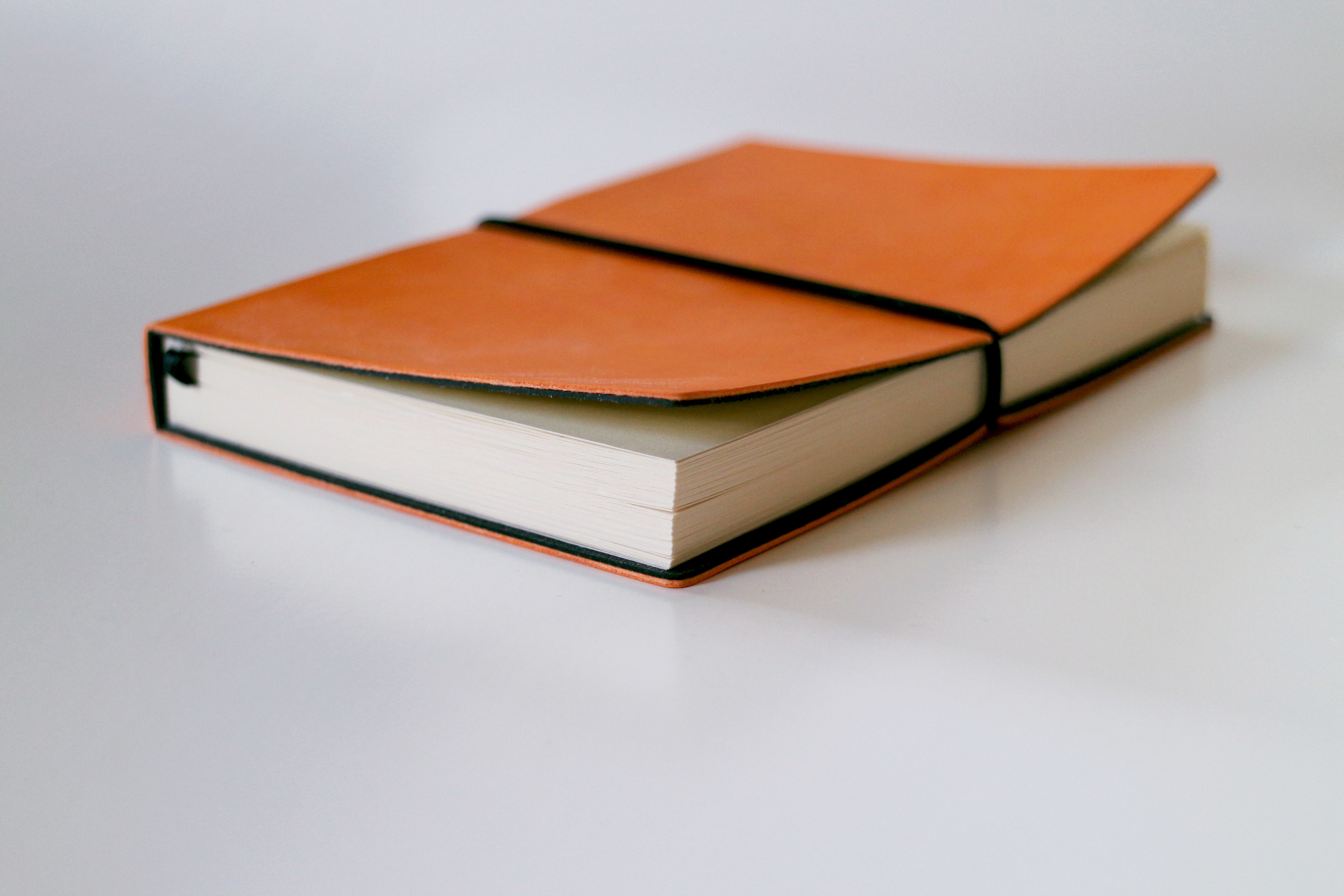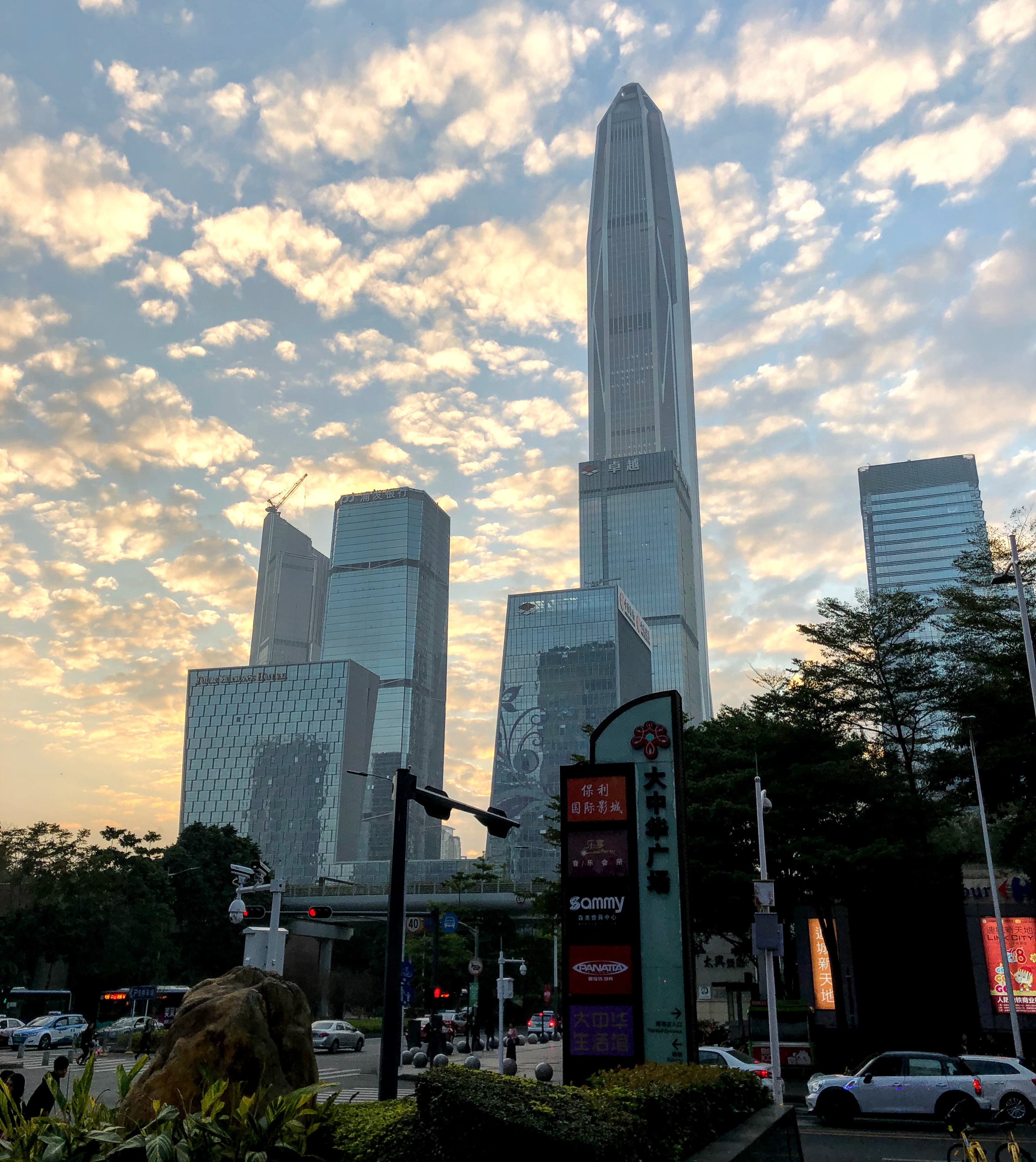Proposed Examination Guidelines for the New Chinese Patent Law – Topic 2: Genetic Resource Restriction
How Will the Tightened Genetic Resource Restrictions Affect Your IP
In 2019-2021, China’s Ministry of Science and Technology (“MOST”, or the Science Ministry) established several laws and regulations with respect to biosafety[1] and human genetic resources management[2] (collectively referred as “biosafety laws” herein for simplicity), namely to restrict (1) the collection, use and exportation of genetic resources as well as (2) the collaboration and sharing of genetic resources with foreign entities.
To integrate the new biosafety laws and the country’s various regulations, the CNIPA has incorporated some additional updates regarding the genetic resource requirements in the recent draft revised Examination Guidelines.[3] Scroll down to learn about some of these key details.
“Invention creations that utilize the genetic functions of genetic resources”
The CNIPA will adopt the definition of “genetic resource” established by the MOST, expanding the term to not only refers to genetic materials that contains genes or DNA/RNA fragments, but also the information obtained from the genetic materials.
Foreigners Beware: Unauthorized Use of Chinese Genetic Material May Lead to an Invalid Patent
The draft Examination Guidelines further clarifies in what situations obtaining or using genetic resources is prohibited. In particular, it includes an example situation of exporting human genetic resources information from China and its use by foreign entities, which must be reported to the MOST in advance. Failure to comply with such rules will result in the patent not granting (or being considered invalid if it has already granted).
EIP thoughts
China is now taking very seriously the export control of the country’s genetic resources—both the physical genetic materials and the genetic information contained within. Foreign companies, anyone collaborating with foreign entities, companies conducting R&D in China, particularly clinical trials, should be aware of these new biosafety restrictions, especially given how that can drastically affect their patent applications and even their granted patents.
Foreign Entity Restrictions
One major concern is the breadth of restrictions on foreign entities for using human genetic resources originating from China. Foreign entities are completely prohibited from collecting, depositing or exporting any human genetic resources from China.[4] If a foreign entity wants to use human genetic resources from China for scientific research purposes, they are required to collaborate with a Chinese entity.[5]
Do note that “foreign entities” in the biosafety laws not only includes foreign organizations and individuals, but also organizations that are set up or substantially controlled by a foreign party. If the majority shareholder of a Chinese company is a foreign entity, such company might be considered a foreign entity as well.[6]
On that note, Hong Kong is also considered “foreign entity” in most cases, but there are a few exceptions where Hong Kong “entities” can export human genetic resources to Hong Kong independently.[7]
How It Will Affect Patent Applications
Beside these underlying rules that may affect patentability, the biosafety laws also require that any patent applications arising from the collaboration must be co-filed, and the patent rights must be shared amongst the collaborators.[8] Although the relevant rule does not clearly indicate what kinds of patent applications, we understand it to mean only those filed in China.
As the Chinese Patent Law is now finally set to fully catch up with the biosafety laws, the impact of the increasing sensitiveness is huge. This affects a wide range of R&D progresses, from early R&D discoveries such as the use cells from human subjects in China to identify new drugs particularly useful in Chinese people, to any clinical trial run that involves the use of human genetic resources. Essentially, the biosafety law requires Chinese entities to participate in the collaboration substantively, and any IP arising from the use of Chinese genetic resource must be partially owned by the collaborating Chinese entity. For other inventions arising from the same project, presumably the ownership will be based on the agreements as normal.
Such mandatory joint ownership with the collaborating Chinese entity will likely introduce complication in the long term. It is difficult to enforce a patent if not all applicants agree to the lawsuit. Imagine the nightmare of being forced to always have joint ownership of a patent, and the nightmare of losing the complete freedom from making decisions about patent prosecution strategy, patent enforcement strategy, etc. without consulting the joint applicant. Unfortunately, these biosafety laws make entering China more difficult for foreign companies if the invention was completed based on the use of genetic resources from China. Foreign companies will have to weigh the benefits of the HUGE Chinese market against the potential loss of autonomy with respect to patent procurement and enforcement strategy.
As the definition of “genetic resources” in the Chinese patent practice will soon encompass a much wider scope, there will only be more and more inventions that will be considered “completed based on the use of genetic resources [from China].” Patent applicants need to be vigilant about the origins of the genetic resource materials and information to avoid rejections based the illegal use of genetic resource. This would also be a ground for invalidating a granted patent, but whether such rules can be used retroactively is unknown.
This, on one hand, will provide tighter protection around the use of genetic resources from China. On the other hand, foreign pharma/bio companies may hesitate to invest more resources into research involving Chinese-specific genetic information, which may hurt Chinese people in the long-run. The Chinese government will have to weigh the long-term benefits of these different factors.
There are still many questions to be answered as to how it will affect Chinese patent practice in practice. We hope to see more definite examples in the finalized Examination Guideline and Implementation Regulations of the Chinese Patent Law.
This article is for general informational purposes only and should not be considered legal advice or a legal opinion on a specific set of facts.
-
Biosafety Law of the PRC. Published 17 Oct 2020. Effective 15 Apr 2021. http://www.npc.gov.cn/npc/c30834/202010/bb3bee5122854893a69acf4005a66059.shtml ↑
-
Human Genetic Resource Management Regulations of the PRC. Published 10 Jun 2019. Effective 1 Jul 2019. http://www.gov.cn/zhengce/content/2019-06/10/content_5398829.htm ↑
-
Appendix 1, Notice on Revised Guidelines for Patent Examination (Second Draft for Comments) (Published 31 Oct 2022), https://www.cnipa.gov.cn/art/2022/10/31/art_75_180016.html ↑
-
According to Article 56.4 of the Biosafety Law of the PRC. Published 17 Oct 2020. Effective 15 Apr 2021. http://www.npc.gov.cn/npc/c30834/202010/bb3bee5122854893a69acf4005a66059.shtml ↑
-
According to Rule 21 of the Human Genetic Resource Management Regulations of the PRC. Published 10 Jun 2019. Effective 1 Jul 2019. http://www.gov.cn/zhengce/content/2019-06/10/content_5398829.htm ↑
-
Appendix: Implementation Rules for Human Genetic Resource Management Regulations (Draft for Comments). Published 21 Mar 2022. https://www.most.gov.cn/tztg/202203/t20220322_179904.html; Not yet finalized as of 2 Feb 2023. ↑
-
Certain Hong Kong universities and research institutions who have a branch in the GBA can independently apply for approval to export Chinese human genetic resources to Hong Kong under a more relaxed standard. “16 new measures to facilitate the development of Hong Kong people in the Greater Bay Area” (Published 7 Nov 2019). http://www.locpg.gov.cn/jsdt/2019-11/07/c_1210344433.htm ↑
-
According to Rule 24 of the Human Genetic Resource Management Regulations of the PRC. Published 10 Jun 2019. Effective 1 Jul 2019. http://www.gov.cn/zhengce/content/2019-06/10/content_5398829.htm ↑
About the Authors

Jennifer Che, J.D. is Vice President, Principal, and a US Patent Attorney at Eagle IP, a Boutique Patent Firm with offices in Hong Kong, Shenzhen, and Macau.

Yolanda Wang is a Principal, Chinese Patent Attorney, and Chinese Patent Litigator at Eagle IP, a Boutique Patent Firm with offices in Hong Kong, Shenzhen, and Macau.

Audrey Cheung is a Patent Technology Specialist at Eagle IP, a Boutique Patent Firm with offices in Hong Kong, Shenzhen, and Macau.





